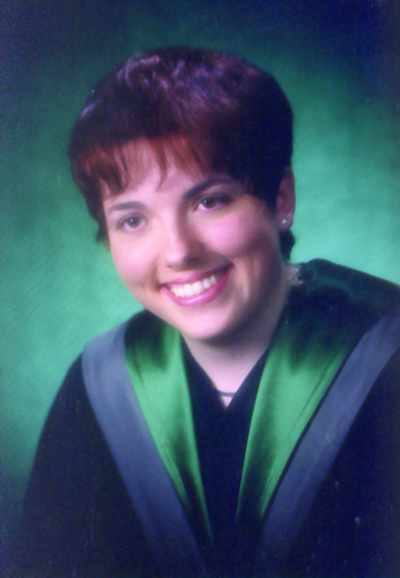 Last month we talked about the new AQHA Genetic Disease Panel test that is available, and two of the diseases that are included in that test. This month we will talk about two of the others included in that test panel – Polysaccharide Storage Myopathy Type 1 (PSSM1) and hereditary equine regional dermal asthenia (HERDA).
Last month we talked about the new AQHA Genetic Disease Panel test that is available, and two of the diseases that are included in that test. This month we will talk about two of the others included in that test panel – Polysaccharide Storage Myopathy Type 1 (PSSM1) and hereditary equine regional dermal asthenia (HERDA).
The term myopathy refers to a disease of muscle cells. While the term used for this muscle disease in AQHA Genetic Panel Test is PSSM1, in the past the disease has been referred to as EPSM (Equine Polysaccharide Storage Myopathy). There are two types of PSSM – Type 1 and Type 2. While both types of PSSM are known to affect Quarter Horses, only Type 1 has had a genetic link identified and can be tested for in a genetic panel. PSSM Type 2 has a cause that has yet to be identified.
PSSM Type 1 is caused by a mutation in the GYS1 gene. The mutation of the GSY1 gene means is that the muscle cell cannot form the enzyme named glycogen synthase, which normally would break down glycogen. This causes an abnormal accumulation of the normal form of sugar stored in muscle (glycogen) as well as an abnormal form of sugar (polysaccharide) in muscle tissue.
Horses with PSSM Type 2 lack the gene mutation that is specific for PSSM Type 1 – however both types show the same kind of changes when muscle cells are looked at under biopsy. If you have a horse showing signs of PSSM, but it tests negative for the disease on a genetic test for PSSM1, you may still want to go ahead with a muscle biopsy test to look for the disease because the horse may have PSSM Type 2 for which there is no genetic test.
Horses that are afflicted with PSSM show signs of “tying up”. This may include cramping of muscles, sweating, pawing, rolling, reluctance to move, and an allover lameness or stiffness when trying to move. They may also have abdominal cramping, as well as very hard muscles over the hind quarters when palpated.
PSSM1 is an autosomal dominant disease. This means that horses only have to carry one copy of the defective GYS1 gene in order to show clinical signs of PSSM. This means that if a horse is a single gene PSSM carrier, there is a 50 percent chance of their offspring inheriting the gene. There has been no definitive Quarter Horse bloodline linked to PSSM Type 1.
HERDA is the acronym for Hereditary Equine Regional Dermal Asthenia . Horses with HERDA have a gene mutation that causes a weakening of the collagen fibers that connect the skin to the rest of the body. Horses affected with HERDA have extremely fragile skin that tears very easily between the superficial and deep dermis, and is very slow to heal. Many times HERDA is not suspected or diagnosed until a young horse enters training, and skin trauma occurs in the areas where the saddle and other riding equipment touch the horse and tears in the skin. There is no cure for HERDA, and severely affected horses are most often euthanized because of repeated and unpreventable skin trauma.
HERDA is an autosomal recessive disease. This means that in order to have HERDA, a horse needs to inherit two copies of the defective gene, one from each parent. A horse can carry one copy of the HERDA gene and not be affected by the disease. There is a 25 percent chance of a horse inheriting HERDA when two carrier horses are bred together. HERDA is associated with working lines in Quarter Horses, and 95 percent of horses who carry the HERDA gene trace to the sire, Poco Bueno. The other five percent trace to Poco Bueno’s father, King.
Tanis MacDonald Walker, DVM graduated from the Atlantic Veterinary College on Prince Edward Island and currently practices both small animal emergency and equine medicine in Delaware. You can email her at tanis_macdonald@hotmail.com or visit her at www.drtanis.com. You can also write to her in care of InStride Edition.



You must be logged in to post a comment Login